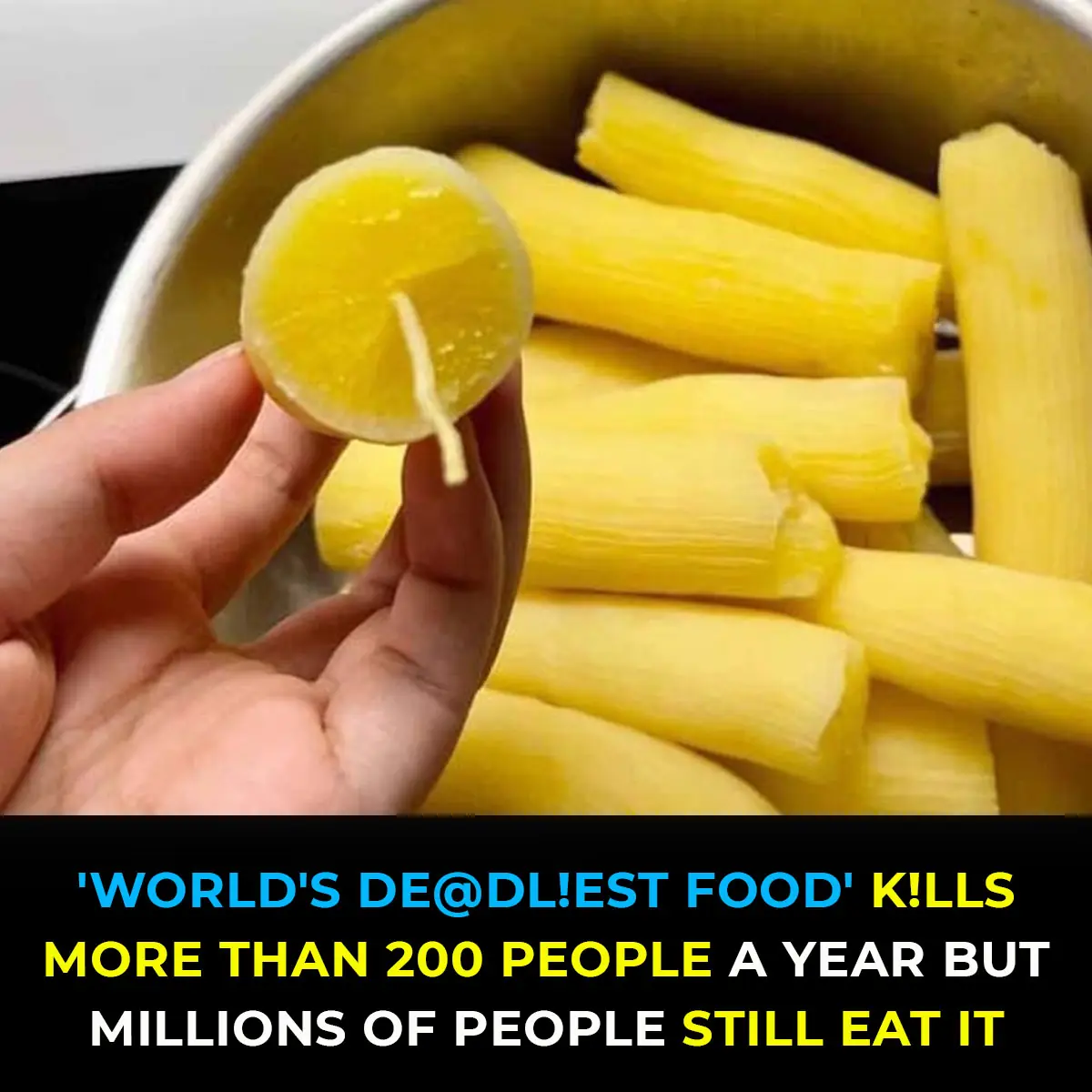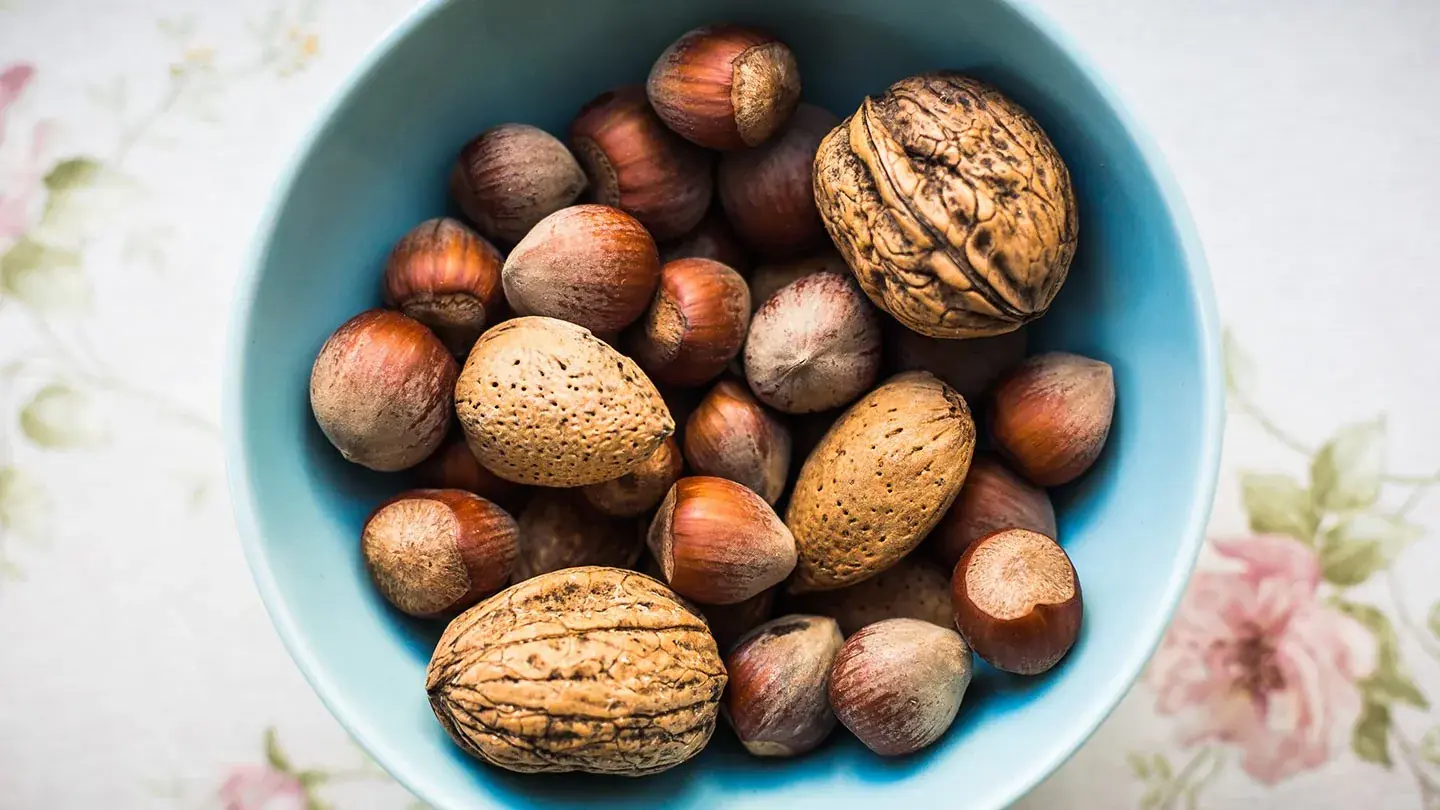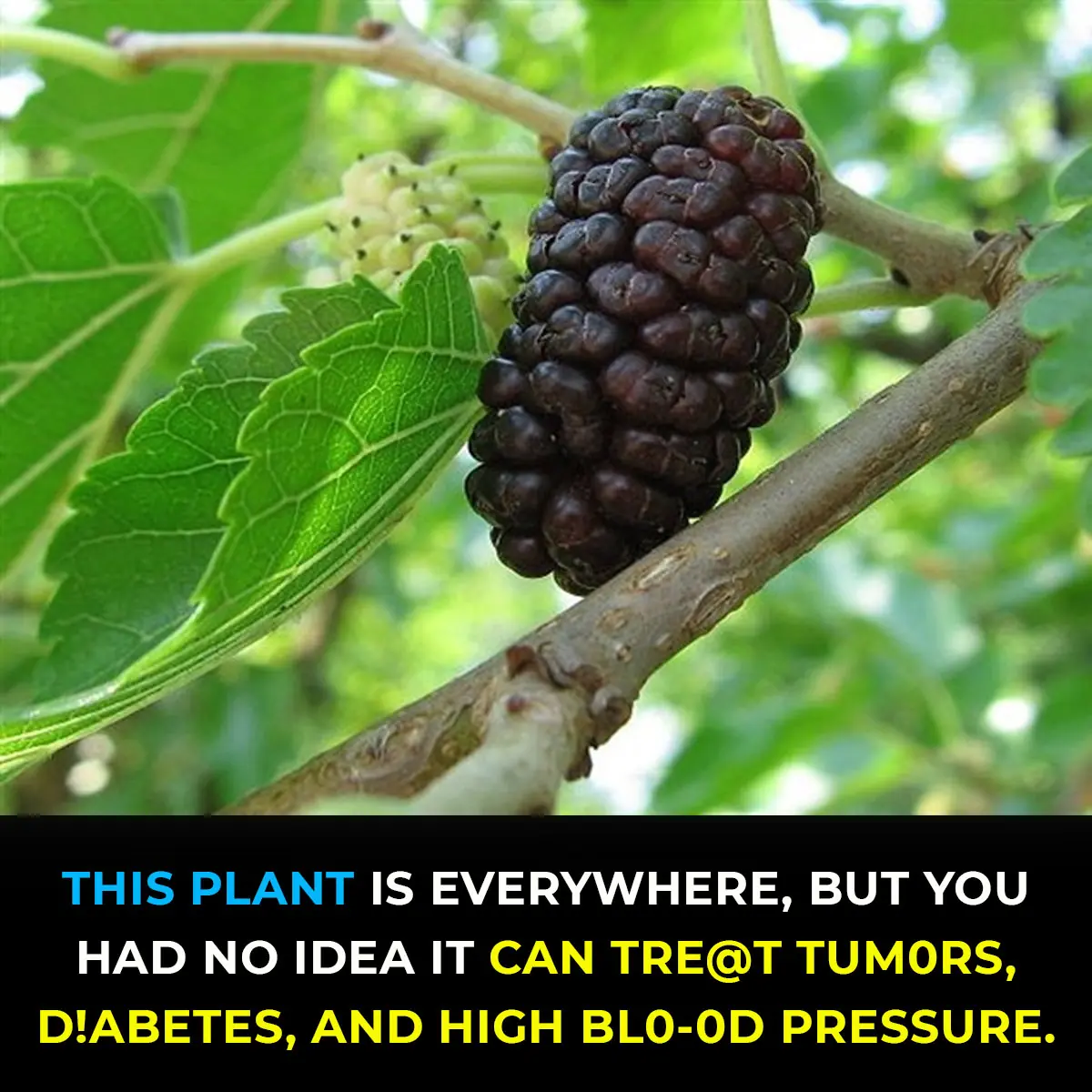
Each year, more than 200 people die from consuming what is often referred to as the "world’s deadliest food," yet nearly 500 million people still eat it.
There are numerous foods around the world that can fill you up quickly, but you likely won’t find many of them on the dinner table every night. So, what food are we talking about?
Cassava, both a plant and a food, plays a significant role in the diets of millions. Every year, around 500 million people consume cassava, and hundreds of millions of tonnes are harvested.
Native to South America, cassava is a widely consumed food staple, but it can be extremely hazardous if not properly prepared. The plant's stems, peel, and leaves are toxic and contain hydrogen cyanide, which makes it dangerous to eat raw.
According to the World Health Organization (WHO), approximately 200 deaths occur annually from consuming improperly prepared cassava. This is why it's often called the “world’s deadliest food.”
The WHO explains: "Cassava tubers contain varying amounts of cyanogenic glucosides that protect the root from attacks by animals and insects. Proper processing can reduce the cyanogenic glucoside content. If high-cyanogenic cassava is not processed properly, it can lead to significant cyanide exposure.
"This is particularly common in times of famine and conflict. The cyanide found in cassava can lead to acute cyanide poisoning and various diseases, including konzo."
Konzo, a condition linked to the consumption of bitter cassava combined with low protein intake, results in irreversible spastic paraparesis and is often seen in areas of extreme poverty. While it usually appears in epidemics, there are also isolated cases reported.
Despite its reputation as the "world’s deadliest food," millions of people eat cassava every day without incident.
So, how can you ensure that cassava is as safe as possible? Proper preparation is key. One important step is soaking the plant for up to 24 hours before consumption.
In Venezuela, deaths were reported when people consumed salty foods in desperation during times of food scarcity, as reported by El Pais.























